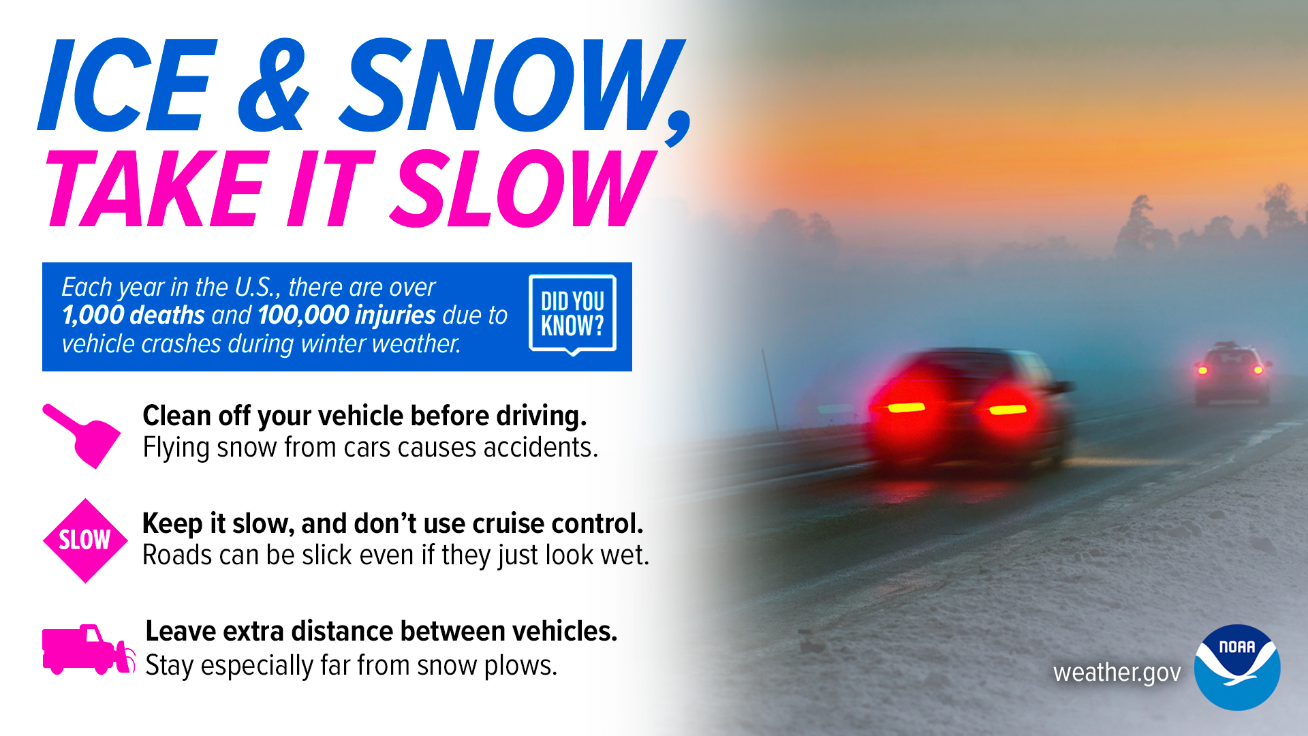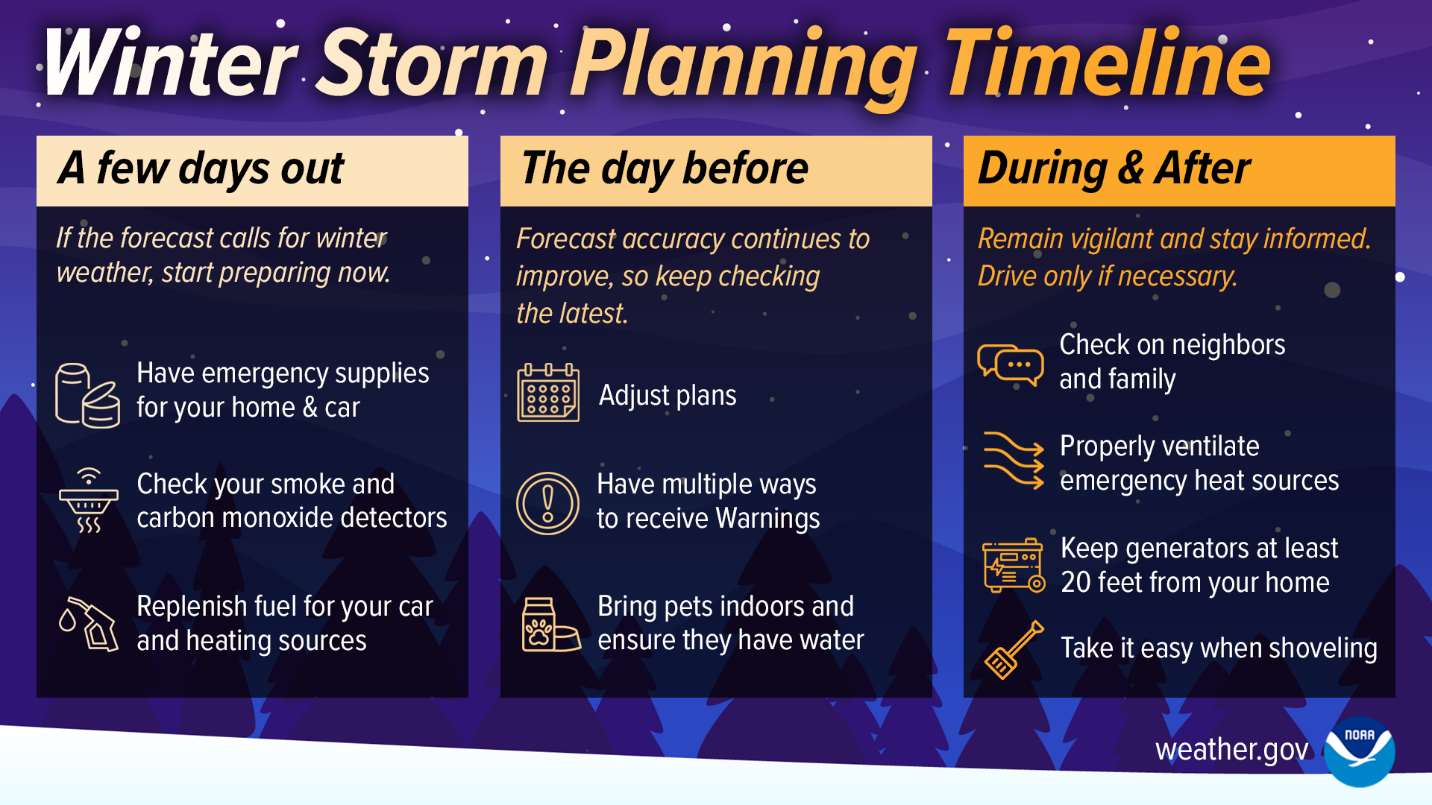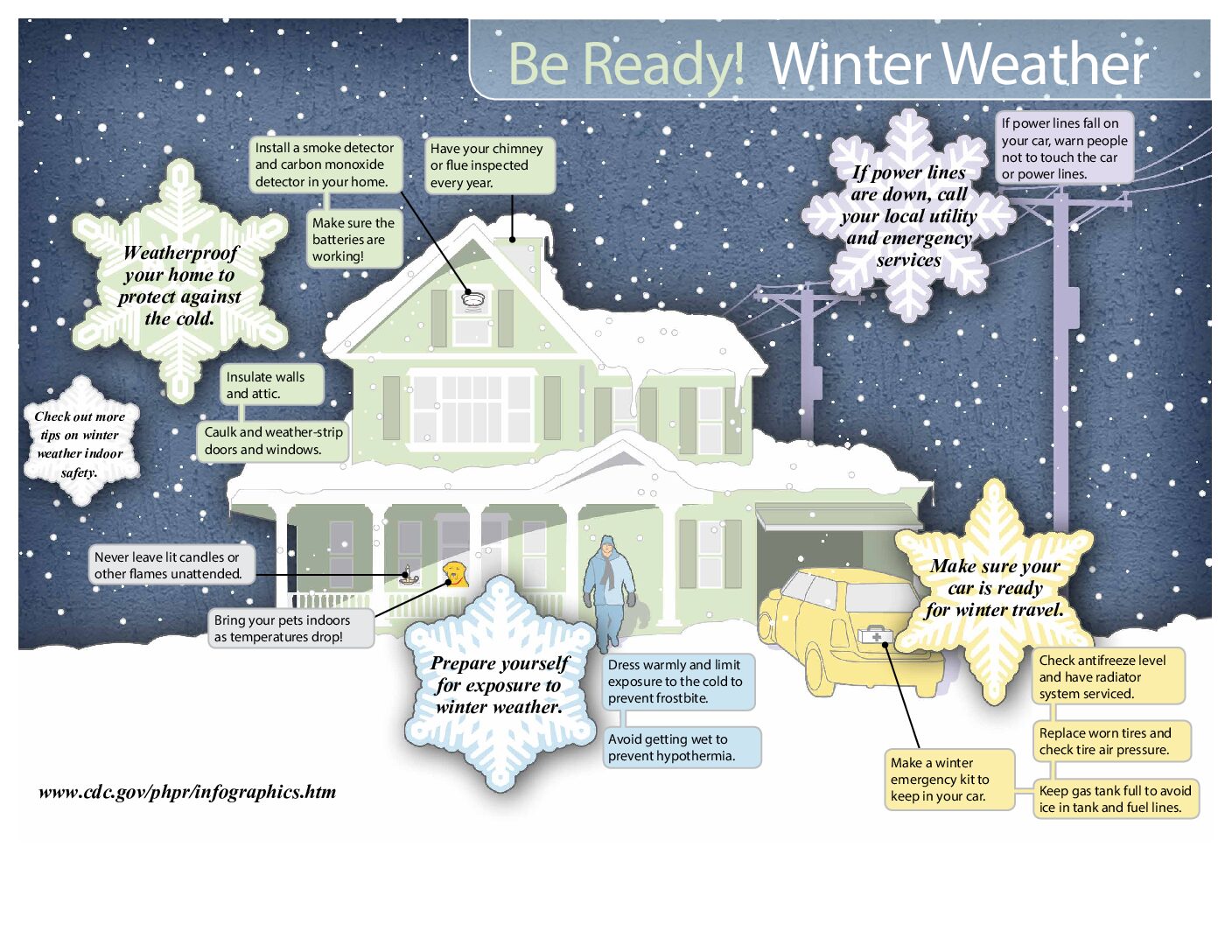Natural Disasters
Winter Storm Warning & Weather Watches
There are 5 winter weather watches or warnings[2] that you may receive on your mobile device, weather app, or local news services. These alerts are meant to inform you of impending cold weather conditions so that you can take the appropriate actions to keep yourself, your household, and your property safe!
| Winter Weather Advisory | Expect winter weather conditions to cause inconvenience and hazards. |
| Front/Freeze Warning | Expect below-freezing temperatures. |
| Winter Storm Watch | Be alert; a storm is likely. |
| Winter Storm Warning | The storm is in or entering the area. |
| Blizzard Warning | Seek refuge immediately! Snow and strong winds, near-zero visibility, deep snow drifts, and life-threatening wind chill. |
It is unlikely that you will receive a blizzard warning on the Oregon Coast, but you should familiarize yourself with all of the alerts none the less.
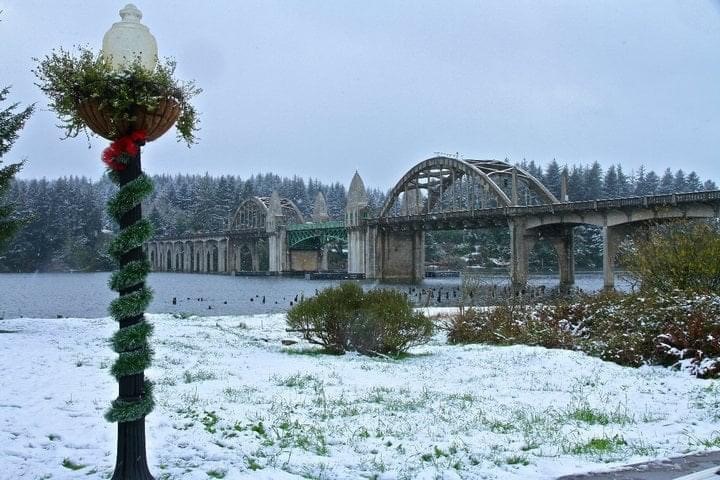
Figure 2 – Snowy Day in Old Town, Florence
Preparing for a Winter Storm
In order to be properly prepared for a winter storm, you should begin your winter preparations in the late summer and fall. It will be harder to prepare for a winter storm if you are unprepared for winter weather conditions in general.
Tips to prepare your home for winter[3]:
- Insulate walls and attic.
- Caulk and weather-strip doors and windows.
- Install storm windows or cover windows with plastic from the inside.
- Insulate any water lines that run along outer walls (water will be less likely to freeze).
- Have chimney and flue inspected.
- Install easy-to-read outdoor thermometer.
Figure 4 – Be Ready Winter Weather, CDC
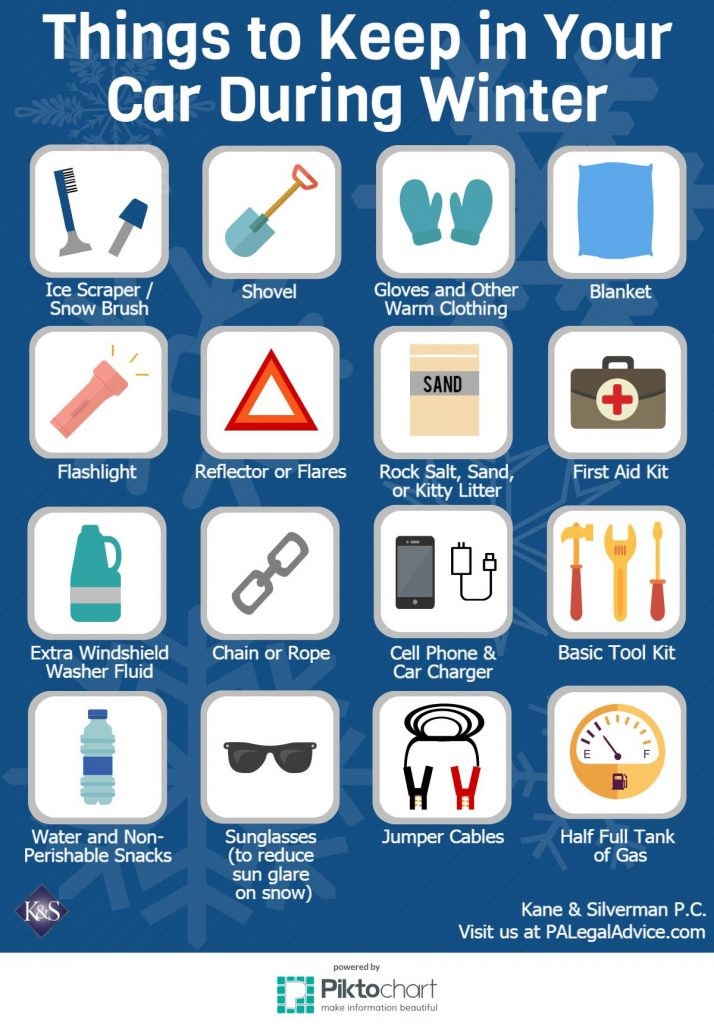
Figure 5 – Things to Keep in Your Car During Winter, Kane & Silverman P.C., PALegaladvice.com
In addition to winterizing your house and car, you should make sure you have enough food, water, medicine, and other essential supplies to last your household 2 weeks. Account for pets, livestock, and any specific accommodations for disabilities or vulnerabilities. Click here to learn more about Oregon Emergency Management’s “Be 2 Weeks Ready” program.
During and After a Winter Storm
Staying safe and warm during and after a winter storm should be your top priority! Avoid going outside unless necessary and wear layered, warm clothing. If the outside temperature is below freezing (32 degrees Fahrenheit), you should run a small trickle of water from your faucets to help prevent your pipes from freezing.
Power outages may occur. If you are relying on an alternative source of heat such as a generator, make sure you have a functioning carbon monoxide detector and are aware of the signs of carbon monoxide poisoning. You should know how to properly use your generator BEFORE operating. If using a space heater or fireplace, make sure all flammable objects are at least 3 feet away from the heat source.
Hypothermia and Frostbite
Winter storms and extreme cold can cause a number of health and safety concerns, including hypothermia and frostbite. You are more susceptible to these dangers when you are wet, which is hard to avoid if you’re outside in a coastal winter storm. Know the signs and symptoms of hypothermia and frostbite and act fast if you begin to notice or experience any of them.
Figure 6 – Avoid, Spot, Treat Frostbite, CDC
After the winter storm has passed, continue to monitor weather and road conditions. Only leave your home if necessary and drive safely. Check in on your neighbors and friends who are vulnerable to extreme cold such as older adults, babies or young children, and people with mobility issues.
Visit these websites for more information on Winter Storms and safety
Winter Storm Contacts
If this is an emergency, call 911
- Florence Police Department Non-Emergencies: (541)997 – 3515
- Lane County Sheriff’s Office Non – Emergencies: (541)682-4150
- Western Lane Fire and EMS Authority Non-Emergencies: (541)997-3212
- Central Lincoln PUD: 1-877-265-3211
- Oregon State Police Northern Command Center Non-Emergencies: 1800-442-0776
- Florence Public Works: (541)997-4106

